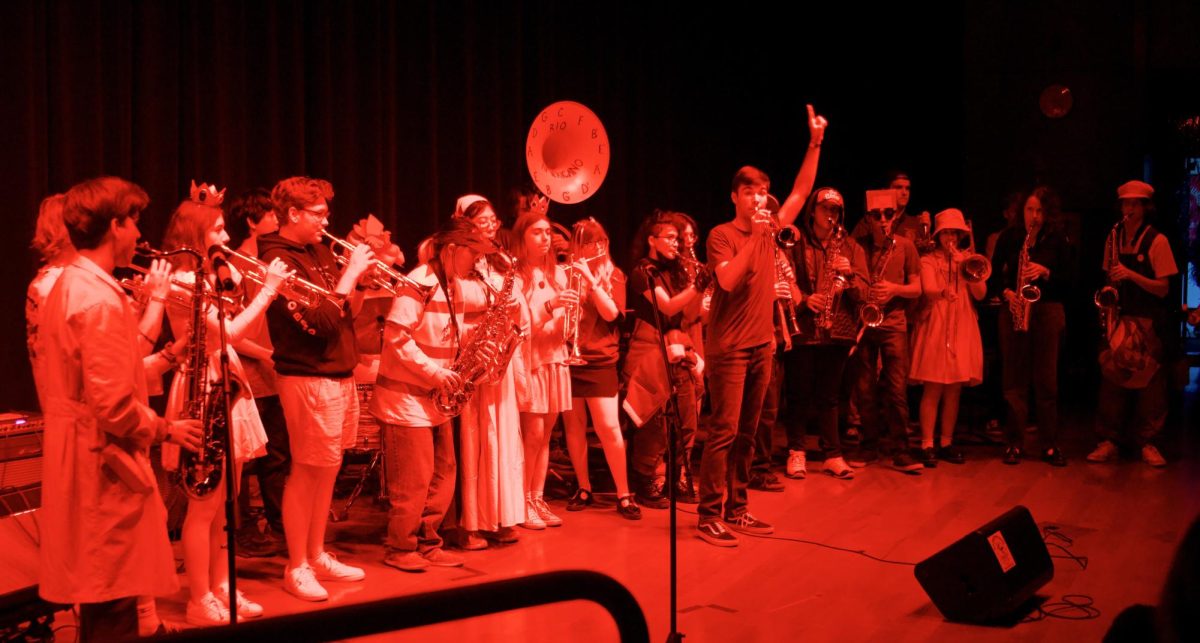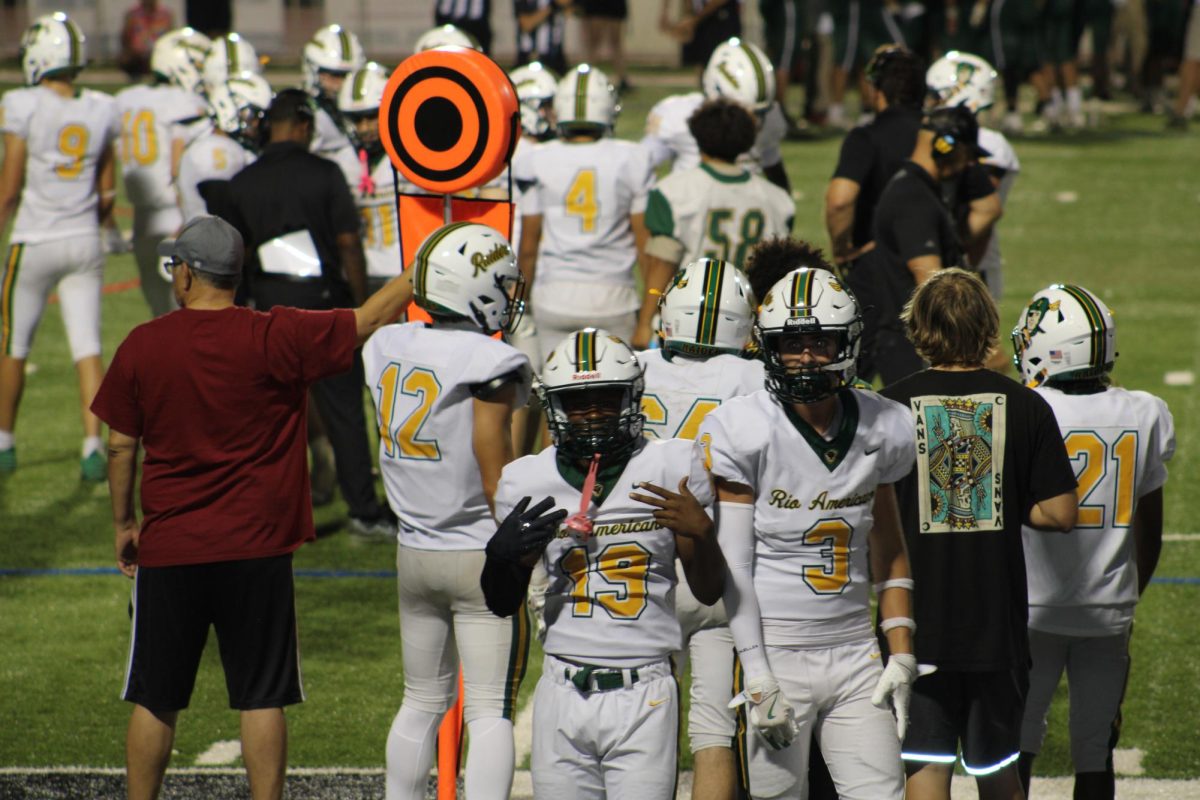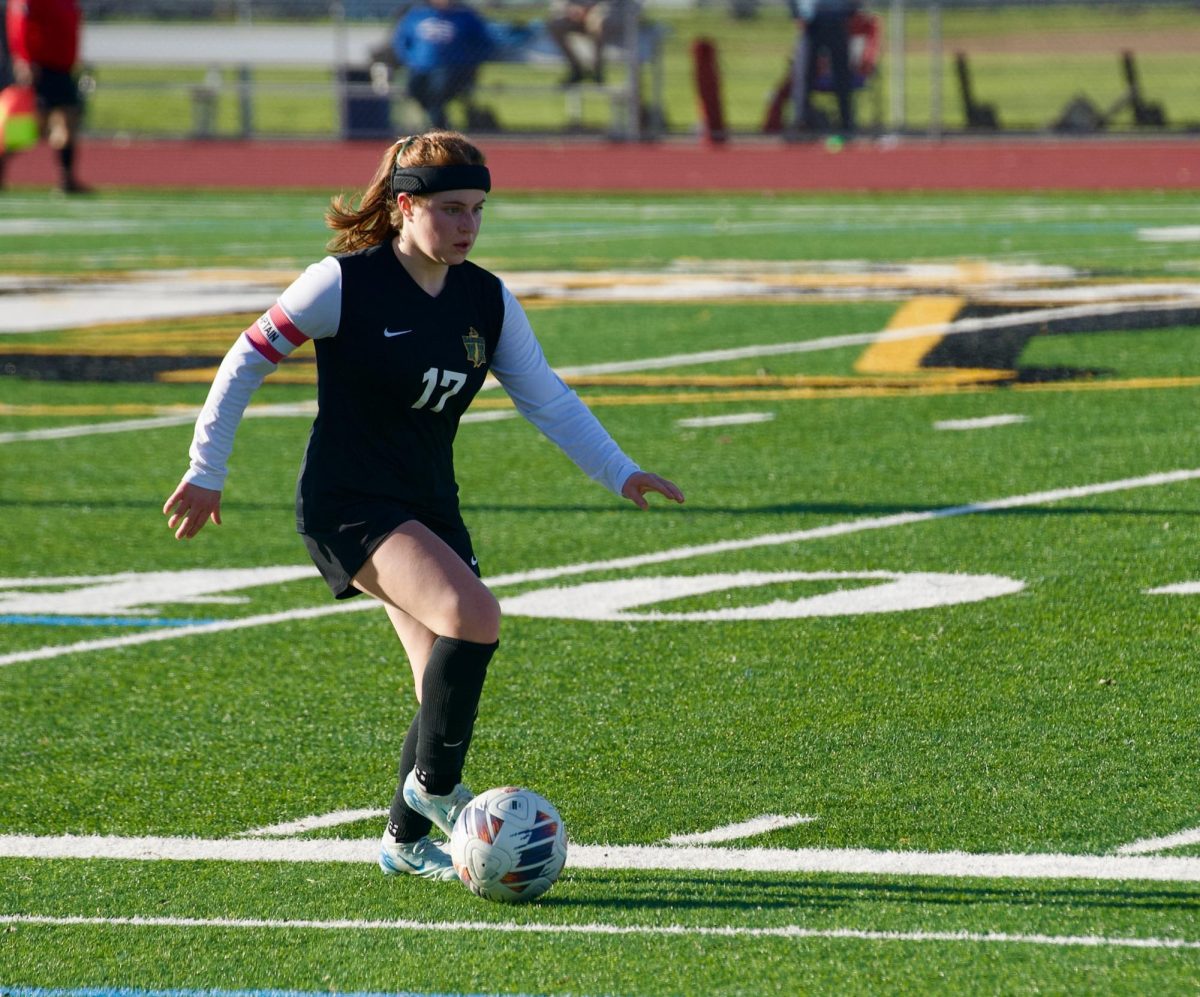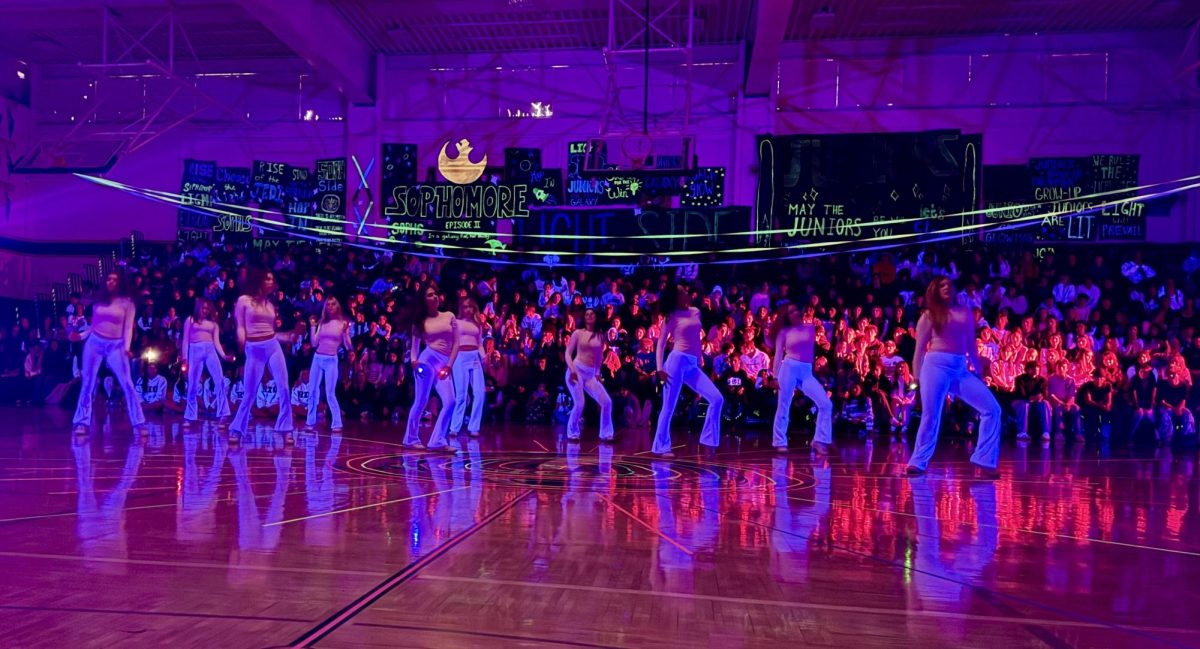Pop Culture Tied to Suicide Rates
Suicide is an important issue these days, between a rise in depressed teenagers and popular shows like “13 Reasons Why.” As of 2011 suicide has replaced homicide as the second leading cause of death in the United States with teens, according to a Population Bureau Analysis study.
As of 2012, about 1 in 20 teens have been diagnosed with anxiety and depression. Suicide rates have escalated, with a statistic from the Centers for Disease Control showing suicides for children between ages 10-14 doubling from 2007 to 2014, and they’ve only gotten higher since.
Shows attempting to spread awareness such as “13 Reasons Why” can often have the opposite effect. After the premiere of “13 Reasons Why” searches for suicide prevention related terms increased, but so did searches for methods to commit suicide.
Online searches for “how to commit suicide” rose 26 percent above the expected number of searches for that time. There was an approximate increase of 900,000 to 1.5 million more suicide-related searches over the 19 days after the shows debut than expected.
The graphic imagery showing sexual assault, self-harm, and suicide can trigger even more dangerous thoughts in already on edge teens, likely causing the increase in suicidal thoughts.
In addition to the constant triggers in the media, the pressure of school also escalates the risk of teen suicide. Suicide-related psychiatric hospitalizations rise exponentially in the first few months of the school year in comparison to the rest of the year.
Summer months experience the lowest amount of hospital visits, while fall and spring show the highest, increasing by 118 percent, which isn’t a coincidence.
Along with school comes an increase in bullying, as well as pressure from teachers and parents. This is especially hard to handle when a child is already mentally ill, as the stress can magnify anxiety and depression.
In worst case scenarios, this can result in suicidal thoughts and possibly attempts if the child feels too overwhelmed to handle the pressure. If bullying, either online or at school, is added to this, it’s even more dangerous.
Unfortunately, most schools aren’t doing enough to prevent these issues. While mental health awareness and suicide prevention are on the rise, schools are still far behind what they need to do to help struggling students.
Although there is easy to access counselors and zero tolerance bullying policies, there’s only so much that can help. The problem with this is that there’s a huge lack of education on how to help teens in crisis.
One freshman, Angela Petersen says that the stresses and pressure of school make her mental health a lot worse. “I believe this school is great but how the staff doesn’t care about how the teachers are handling their students grades and mental health is just crazy,” said Petersen. “If they could do something to change this problem, I would like to see them at least try to care about their students so maybe then we would have a better overall school.”
Teachers are more likely to notice a problem but have virtually no way to help, and counselors aren’t much help either. Each counselor is responsible for about 400 students, so it’s unlikely that the counselor would notice any problem with a single student’s mental health.
The main purpose of a counselor’s job is to help students with academics, while students are getting very little help with any other sort of struggle. In addition to this, mentally ill teens often have a more difficult time in school, possibly making a student less comfortable in a classroom setting, having more trouble getting work done, etc.
For teenagers who are a part of minority groups such as the LGBTQ community, these symptoms of mental illness can be even worse. Between bullying from their peers to the constant self-doubt, suicide is much more common among LGBTQ teens.
A gay or bisexual teen is almost three times more likely to have suicidal thoughts than a heterosexual teen. The contemplation suicide is most of the time caused by the bullying these teens face from one of the most progressive generations.
In the hallways of schools, offensive slurs are still thrown around. In our progressive generation slurs are mostly used as a joke rather than to verbally attack someone. Slurs are slurs, regardless of what intention someone has and are still hurtful.
Gay and trans teens are often rejected by their families. That type of rejection can cause harm to the fragile developing psyche. That kind of damage can also be a cause of suicidal thoughts among LGBTQ teens.
Suicide is a serious problem in youth. There is no apparent solution because of the complexity of the issue, so all you can really do is be there for your peers when teachers and counselors can’t be.






























